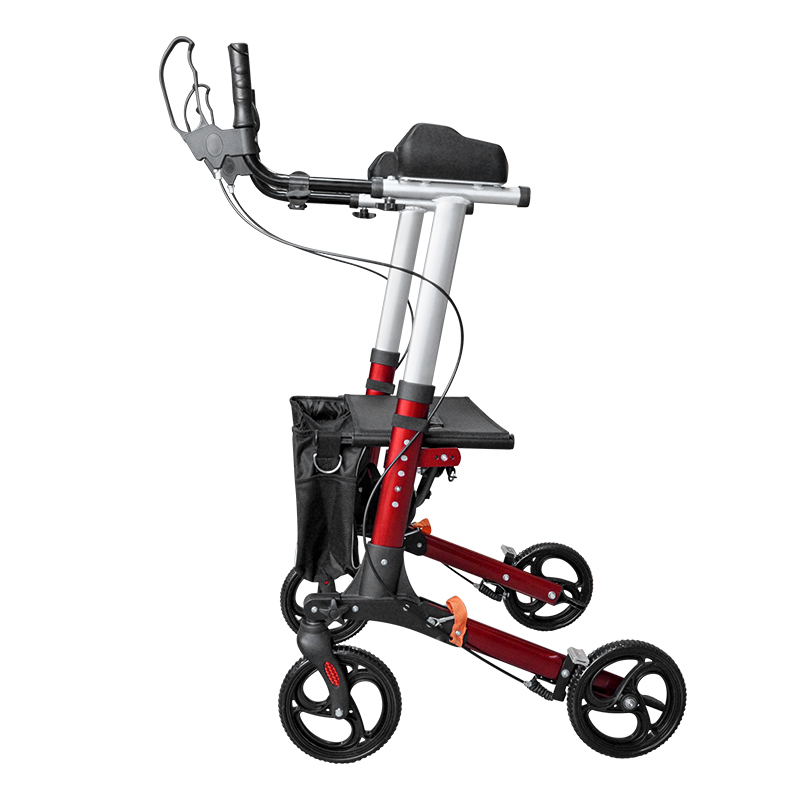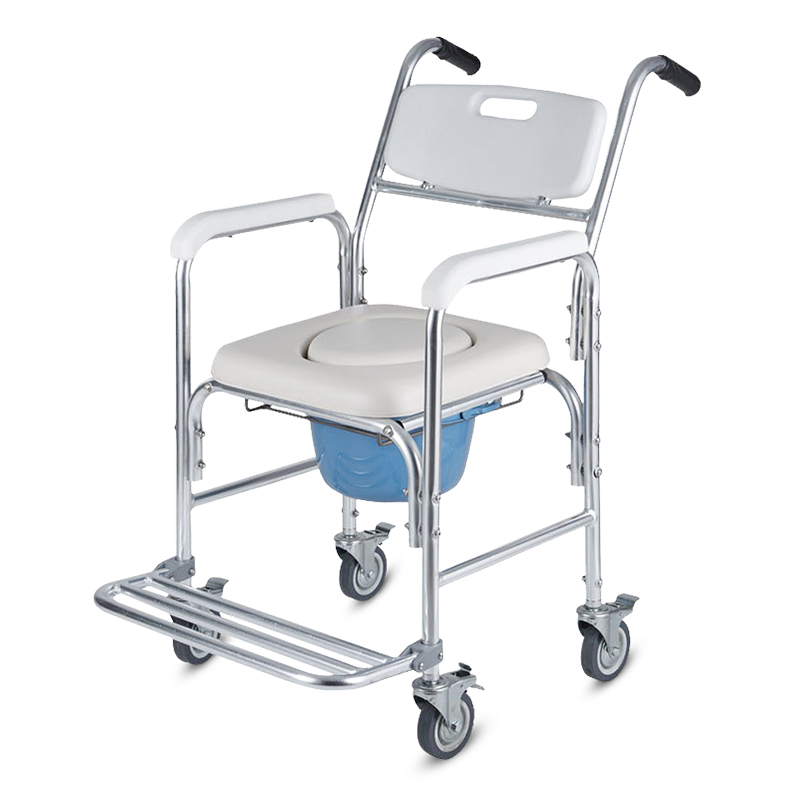In recent years, advancements in medical equipment have played a crucial role in enhancing the quality of life for individuals with mobility challenges. Two essential devices that have undergone significant evolution in both design and manufacturing processes are the rollator and walker. From traditional manual models to modern, technologically advanced versions, this article explores the evolution of these mobility aids, focusing on the contemporary manufacturing techniques that have shaped their development.
Historical Perspective
The concept of mobility aids dates back centuries, with rudimentary forms of walkers and rollator medical equipment appearing in various cultures. However, it wasn't until the 20th century that these devices began to see more widespread use, driven by a growing aging population and increased awareness of the importance of mobility assistance.
Traditional Manufacturing Methods
Early rollators and walker medical supplies were predominantly crafted from wood and metal, utilizing traditional manufacturing methods such as welding and woodworking. These materials provided durability but often resulted in heavy and cumbersome devices. As demand for more lightweight and user-friendly options increased, the need for innovative manufacturing techniques became evident.
Materials Revolution
The modernization of rollator and walker manufacturing has been closely tied to the introduction of advanced materials. Lightweight yet robust materials like aluminum alloys, high-strength plastics, and carbon fibers have revolutionized the industry. These materials not only contribute to the overall weight reduction of the devices but also enhance their structural integrity and longevity.
Precision Engineering
One of the key aspects of contemporary rollator and walker manufacturing is precision engineering. Computer Numerical Control (CNC) machining has replaced many traditional fabrication methods, allowing for highly accurate and consistent production. CNC machining ensures that each component is precisely crafted, resulting in a more reliable and efficient final product.
Innovative Design
The evolution of rollators and walkers has not only been about the materials used but also about innovative design. Ergonomics, user comfort, and accessibility have become focal points in the design process. Advanced CAD (Computer-Aided Design) software enables manufacturers to create intricate and functional designs that cater to the diverse needs of individuals with mobility issues.
Integration of Smart Technologies
As technology continues to permeate every aspect of our lives, it has found its way into mobility aids as well. Modern rollators and walkers often come equipped with smart technologies, including sensors, Bluetooth connectivity, and mobile apps. These features enhance user experience by providing real-time data on usage patterns, exercise regimes, and even fall detection, ensuring greater safety and peace of mind.
Customization and Personalization
Manufacturers have recognized the importance of catering to individual preferences and requirements. Customization and personalization have become key trends in the production of rollators and walkers. Adjustable components, modular designs, and a range of color options allow users to tailor their mobility aids to suit their unique needs and style.
Environmental Sustainability
With a growing emphasis on environmental sustainability, manufacturers are adopting eco-friendly practices in the production of medical equipment. Recycling, the use of sustainable materials, and energy-efficient manufacturing processes are becoming integral to the creation of rollators and walkers, aligning with broader global efforts to reduce environmental impact.
In conclusion, the evolution of rollators and walkers from basic mobility aids to sophisticated, technologically advanced devices reflects the dynamic nature of the medical equipment industry. The integration of modern manufacturing techniques, materials, and design principles has significantly improved the functionality, accessibility, and user experience of these essential tools for individuals with mobility challenges. As technology continues to advance, we can expect further innovations that will continue to enhance the quality of life for those who rely on these indispensable devices.

 English
English Français
Français Español
Español Deutsch
Deutsch














